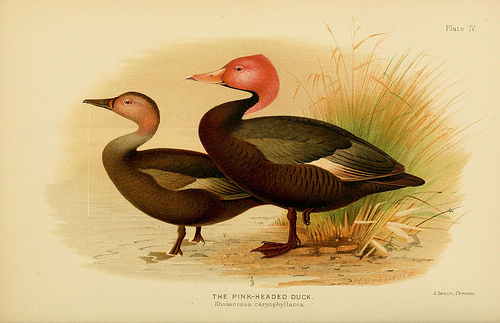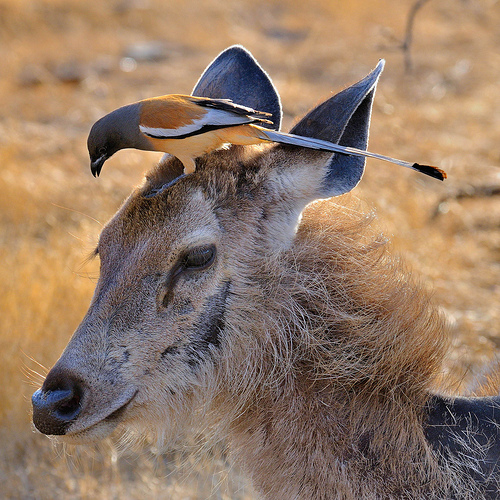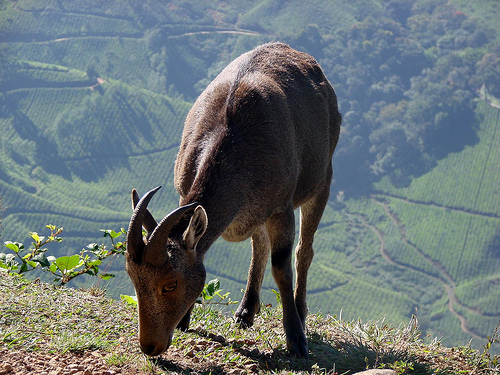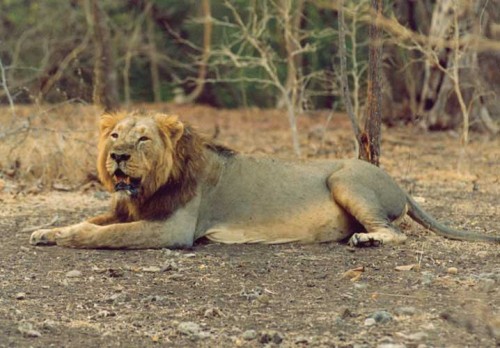Each year, 22 May is celebrated as World Biodiversity Day. The word ‘biodiversity’ defines the variety of life on earth, but in its broader sense it is the reason life exists because in the living planet nothing can exist on its own. It is a term used to describe the different plants, animals, marine life, microorganisms, insects, habitats, ecosystem etc. that makes our planet so unique and so fascinating.
India is one of the mega-diverse nations in the world. It is called so because the country’s gamuts of life forms are wonderfully different wherever you might be. From extreme cold to extreme heat, coastal areas to rain forests, tropical jungles to mangrove belts, the extraordinary weather and climatic conditions have created homes and habitats for more than 50, 000 species of plants and 40,000 species of animals.
Here are some fascinating facts about biodiversity of India.
India’s Biodiversity at a glance
- India is just 2 percent of the world land mass but 8 percent of the world’s biodiversity is found in the country.
- 16 types of forests are found in India including the evergreen tropical rain forests, dry alpine scrub forests, semi evergreen rain forests, deciduous monsoon forests, thorn forests, subtropical pine forests and more.
- India has some of the wettest, driest, hottest and coldest regions in the world.
- Indian coastline is 7516 km long.
- India is one of the 18 mega-diverse nations of the world.
- The two biodiversity hotspots present in India are the Western Ghats and the East Himalayan region.
- 11 percent of plant biodiversity in the world is found in India.
- There are 15,000 species of flowering plants in India.
- 2546 species of fishes are found in India.
- India has 198 species of Amphibians.
- 423 species of mammals are present in India.
- In the country there are 1331 species of birds.
- 408 species of reptiles inhabit India.
- There are 50,000 varieties of rice alone found in the country, making it the biggest reservoir of rice on earth.
Endemic species
- Among plants 33 percent of the species are endemic to India, which means they are found nowhere else in the world.
- 44 species of mammals are endemic to India like the Nilgiri Tahr, Wild Ass, and the Lion tailed Macaque.
- 55 species of birds are endemic to India found mostly in Western Ghats, eastern India along the mountain chains and the Andaman and Nicobar Islands.
- There are around 187 endemic reptiles, and 110 endemic amphibian species in India.
Life under Threat
- 929 species of animals in India are threatened today.
- Only 1 percent of India’s vast coastline is protected. The rest is vanishing thanks to unplanned development work, fishery and projects like power plants and ports.

- Four animals – the cheetah, Lesser Indian Rhinoceros, Pink-headed duck, and the Himalayan Mountain Quail – have become extinct in the last century.
- Every 20 minutes a species is becoming extinct in the world, the next maybe from India.
More Related Stories,
Pink Flowering Plant Discovered in Arunachal Pradesh
Critically Endangered Spider Seen after 113 Years
Urban Kolkatta Home to Numerous Plants and Animals
Image via cc/Flickr by Dariusz, sankara subramanian, spiraltri3e, Ralf Kayser, Biodiversity Heritage Library














but according to India state of forest report 2011, India’s forest cover is increasing at the rate of 0.47 per cent per annum.
Hi Pranshul, In 2013 As per the data which was compiled by Members of the Environment Impact Assessment Resources and Response Centre (eRc), India is losing 135 hectares of forest land every day. The forest department’s report for 2014 too, says that the forest cover is increasing and currently the total forest and tree cover is estimated at 24.01 per cent of the total land area of India. However, India’s National Forest Policy 1988 aims at maintaining 33 per cent of the geographical area under forest and tree cover, so there is still lot more work needed in increasing the cover. Also note, when it’s said forest cover is increasing, it many times implies to planned planting of one species trees like eucalyptus. While this increases overall tree cover, it does not help in protecting or saving the local species of an area, which can only be conserved when native trees are planted or the forest itself is protected.
The non -eco friendly species such as eucalyptus,acacia which are also not the native species have played major role in depletion of our forests,needs to be eradicated from the forest,there are also some weeds like lantana and eupatorium which hv caused greatest threat to the fauna and flora,of thewestern ghats forest.
Absolutely. Invasive species like the lantana have also been found to be destroying tiger habitats, suggested by a research in 2013 (You can read it here) Non-native species like Eucalyptus has spread everywhere, robbing the space from native species. Thanks for your valuable observations.
what about microbial diversity?